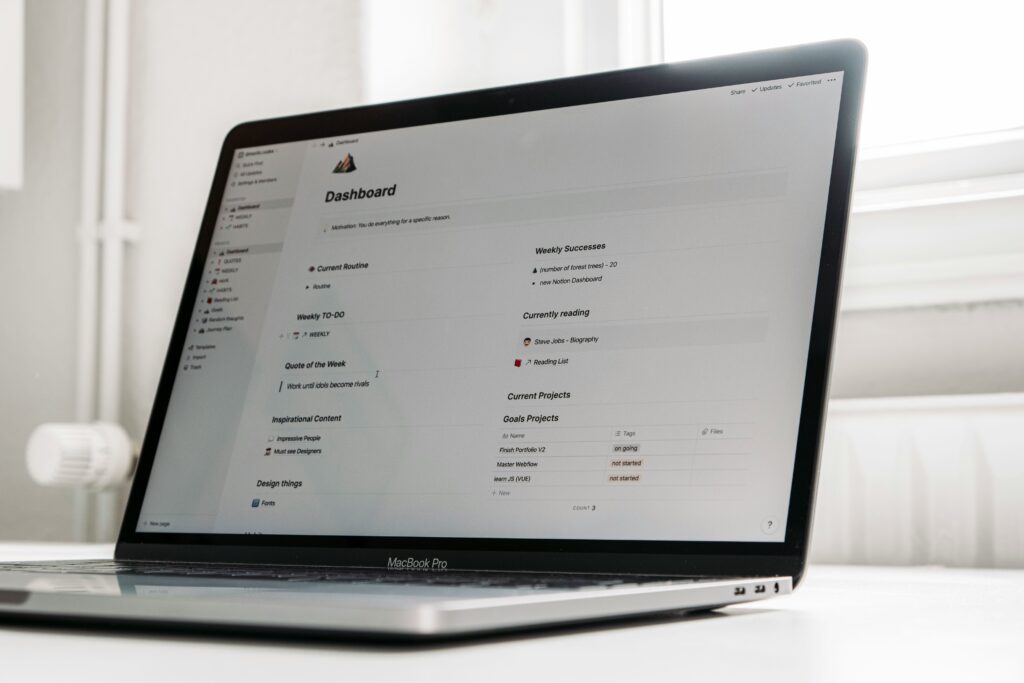Introduction
Are you wondering how to develop a web portal that actually makes a difference for your business? You’re not alone. Companies across industries are investing in portals to improve customer experiences, enhance internal workflows, and streamline communication. A web portal isn’t just another website—it’s a powerful, interactive hub where users access personalized content and services.
In this guide, we’ll explore everything you need to know about developing a web portal, from understanding its types and benefits to step-by-step development processes, costs, and best practices.
Understanding the Basics of Web Portals
Before we dive into the steps, let’s clear one common confusion: What makes a portal different from a website?
Websites are generally public-facing platforms designed for branding, marketing, and information sharing.
Web portals, on the other hand, offer personalized access to information and services, often requiring user authentication.
Key features of a web portal include:
- Secure login system
- Role-based access control
- Personalized dashboards
- Integration with business systems (CRM, ERP, etc.)
Think of a website as a shop window and a portal as a customer’s personal shopping assistant.
Types of Web Portals
When you develop a web portal, choosing the right type matters. Common categories include:
- Employee Portals – For HR, payroll, schedules, and internal communication.
- Customer/Self-Service Portals – For FAQs, ticket support, and order tracking.
- Partner/Vendor Portals – To manage suppliers, distributors, and contracts.
- E-Learning Portals – Online education platforms with courses, tests, and certifications.
- Community and Membership Portals – For forums, clubs, and social communities.
- Healthcare/Patient Portals – For booking appointments, accessing records, and communication with doctors.
- Ecommerce Portals – For online shopping, product management, and payment integration.
Benefits of Developing a Web Portal
Why should you develop a web portal for your business? The benefits are huge:
- Centralized access to information – One place for users to find everything they need.
- Improved collaboration – Connect employees, partners, and customers seamlessly.
- Enhanced customer experience – Personalized interactions build trust and loyalty.
- Cost-effective – Automates manual processes and reduces administrative overhead.
- Scalability – Adapts as your business grows.
Key Steps to Develop a Web Portal
Step 1: Define Your Goals and Objectives
Start by asking: What problem should the portal solve? Do you want to boost customer support, improve employee communication, or manage vendors more effectively?
Step 2: Gather and Analyze Requirements
Work with stakeholders to list out required features, integrations, and security needs. The clearer the requirements, the smoother the process.
Step 3: Choose the Right Type of Portal
Pick from employee, customer, partner, or niche-specific portals based on your objectives.
Step 4: Select the Right Technology Stack
Your tech stack could include:
- Frontend: React, Angular, Vue.js
- Backend: Node.js, .NET, Django
- Database: MySQL, PostgreSQL, MongoDB
- Cloud Hosting: AWS, Azure, GCP
Step 5: Design User-Friendly UI/UX
Great design equals great adoption. Ensure your portal is intuitive, mobile-friendly, and consistent with your branding.
Step 6: Develop Core Functionality
Core features may include authentication, dashboards, content management, and integrations.
Step 7: Ensure Security and Access Control
Implement multi-factor authentication, role-based permissions, and data encryption.
Step 8: Test and Refine Your Portal
Conduct unit testing, automated testing, and user acceptance testing.
Step 9: Launch and Deployment
Deploy your portal on a secure server or cloud environment and make it accessible to users.
Step 10: Ongoing Maintenance and Support
A web portal is never “done.” Regular updates, bug fixes, and feature enhancements are vital. Need expert support? Contact us for maintenance solutions.
Essential Features Every Web Portal Should Have
When you develop a web portal, certain features are non-negotiable:
- Secure user authentication
- Role-based access controls
- File/document management
- Dashboards and analytics
- Notifications and alerts
- Third-party integrations (CRM, ERP, payment gateways, etc.)
Popular Technologies for Web Portal Development
- Frontend: React.js, Angular, Vue.js
- Backend: Node.js, .NET, Java Spring Boot
- Databases: MySQL, MongoDB, PostgreSQL
- Hosting: AWS, Azure, Google Cloud
- DevOps Tools: Docker, Kubernetes, Jenkins
Methodologies for Web Portal Development
- Agile: Flexible, iterative, user-focused.
- DevOps: Continuous integration and deployment.
- Waterfall: Traditional, sequential (suitable for smaller projects).
Testing Your Web Portal
Testing ensures reliability and performance. Approaches include:
- Unit Testing – Testing small components.
- Integration Testing – Checking combined modules.
- Automated Testing – Faster, repeatable results.
- User Acceptance Testing (UAT) – Final validation from real users.
Challenges in Web Portal Development
- Personalization complexity
- Data security concerns
- Scalability issues with growing users
- Integration with outdated legacy systems
Cost of Developing a Web Portal
Several factors affect cost:
- Scope and features
- Technology stack
- Size of the development team
- Ongoing maintenance
Average costs:
- Basic MVP portal: $30,000 – $50,000
- Complex enterprise portal: $100,000+
Best Practices for Developing a Web Portal
- Prioritize user experience
- Optimize for mobile devices
- Implement strong security measures
- Plan for scalability
- Gather and act on user feedback
Examples of Successful Web Portals
- Corporate Employee Portals – For communication and HR management.
- University Student Portals – Access courses, grades, and resources.
- Healthcare Portals – Patient self-service for appointments and medical records.
Future Trends in Web Portal Development
- AI-driven personalization
- Cloud-native portals
- IoT integration for real-time data
- Rise of low-code/no-code platforms
Conclusion
To develop a web portal successfully, you need a clear strategy, the right technology, and a user-first approach. Whether you’re building for employees, customers, or partners, a portal can transform the way your business communicates and operates. Start small, test often, and scale with confidence.
Explore more insights on our blog, or contact us today to discuss your portal development needs.
[helpie_faq group_id=’125’/]


